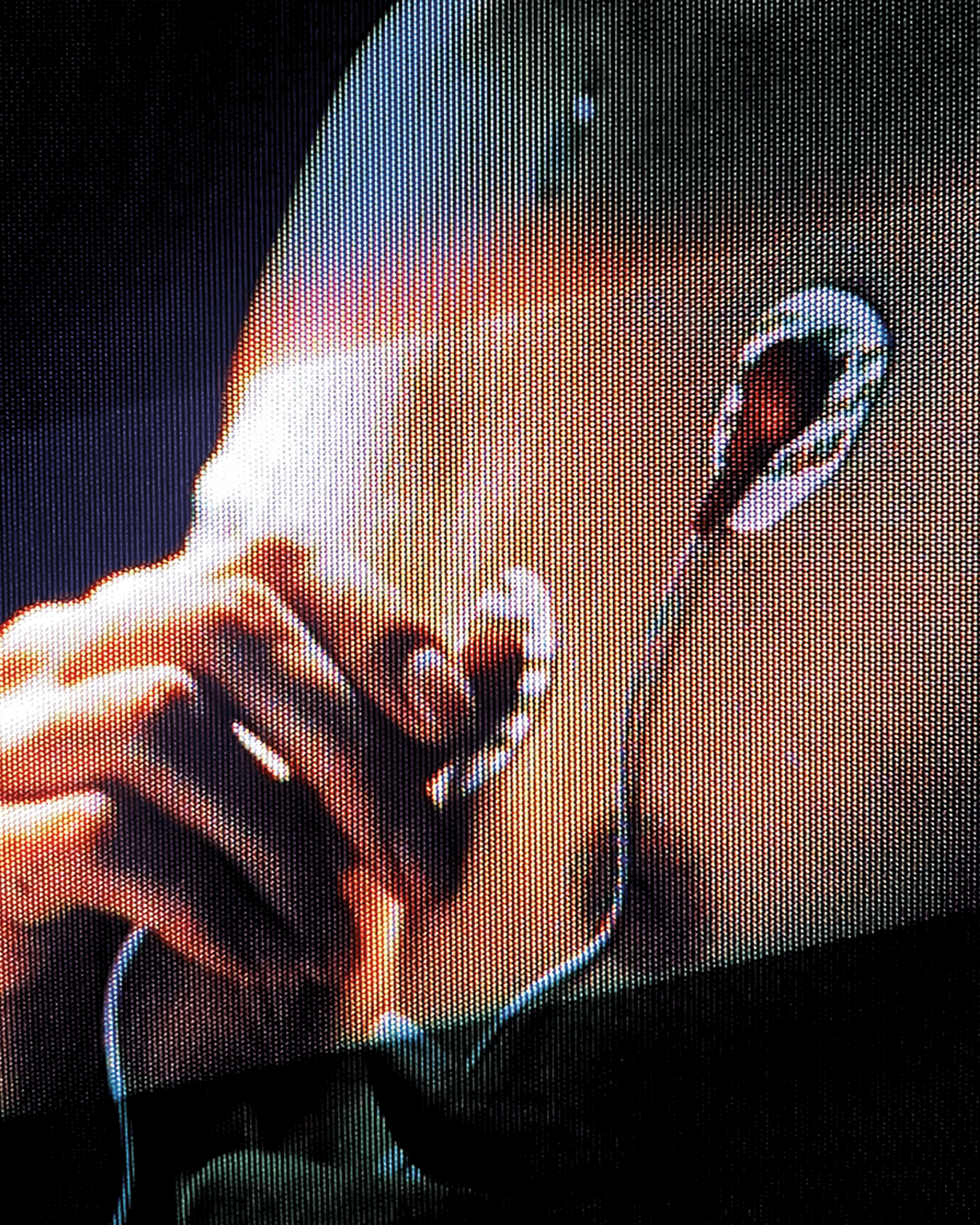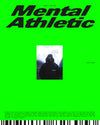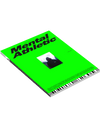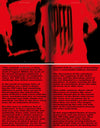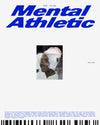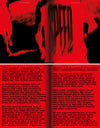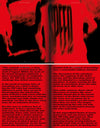Grey Noise is an interactive installation created by Mental Athletic in partnership with New Balance. Using the sounds generated during a running session, it sets out to investigate the human body’s potential as a knowledge tool and means of expression. Heart rate, breathing, limb movement, and acceleration parameters are captured by proximity sensors and converted into sound frequencies in real time. During the performance, the hertz produced by the athlete’s vital organs are released into space, creating a symphonic architecture and multiple light choreography, revealing the intangible energy that pulses through our bodies.
THE LOST SYMPHONY
New Balance: Grey Noise
Shot by ENT.TV | Photo by Tony Brugnoli | Words by Matteo Milaneschi
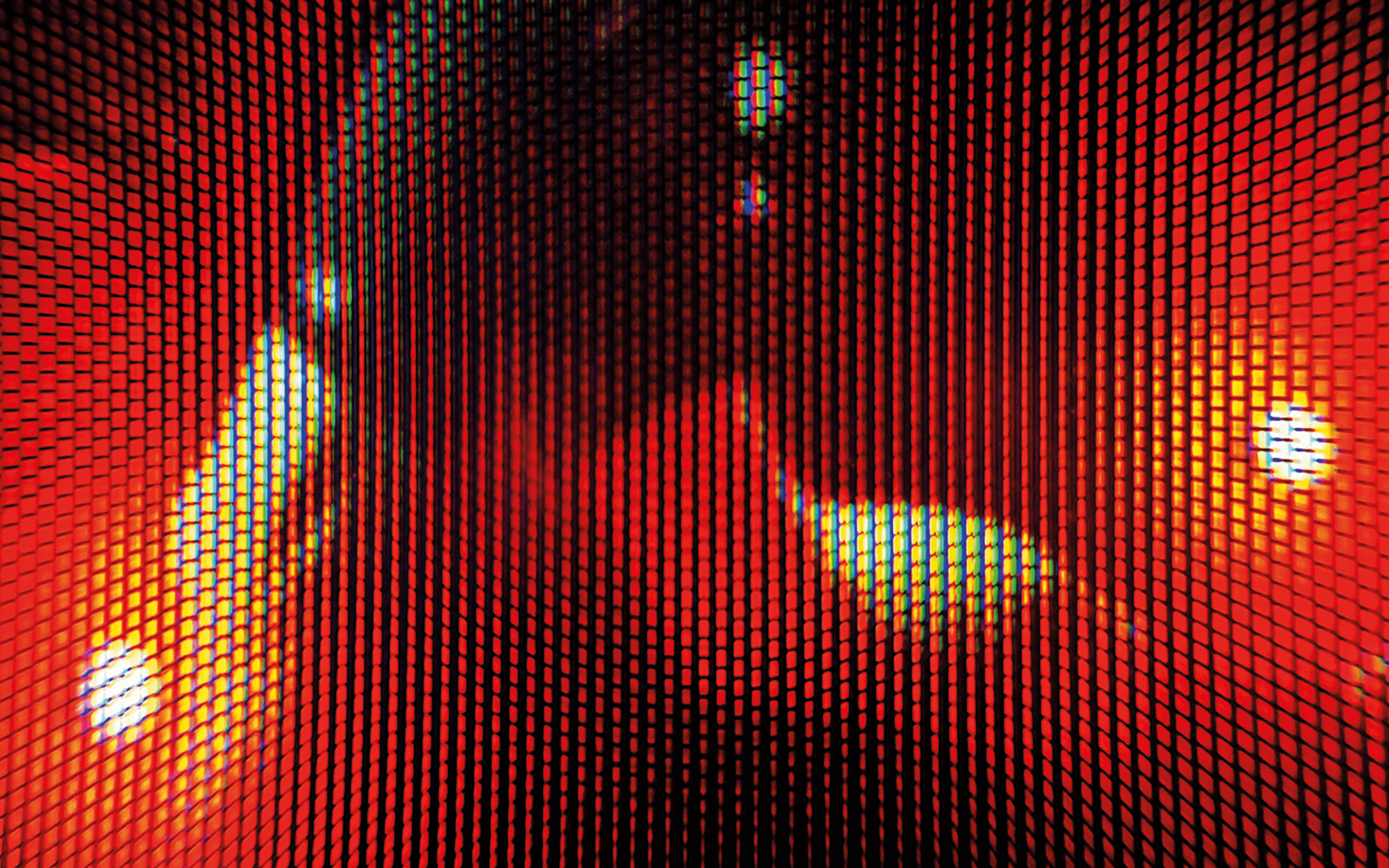
The apparent solidity of your lives is rushing headlong toward an impalpable fate, a side effect of this era filled with data, artificial experiences, and digital distractions. Your perception of the world, once sculpted by the direct experience of things, is now the fruit of a representation of reality mediated by technology in continual evolution. People, places, and objects are now fragile, light contents of your daily entertainment.
It’s like living in a parallel universe, where the ability to perceive your own body has gradually been replaced by a stimulating illusion. The same illusion that rapidly led you to a digital burnout. The same illusion that ended up pushing you toward the road and running, in search of real endorphins.
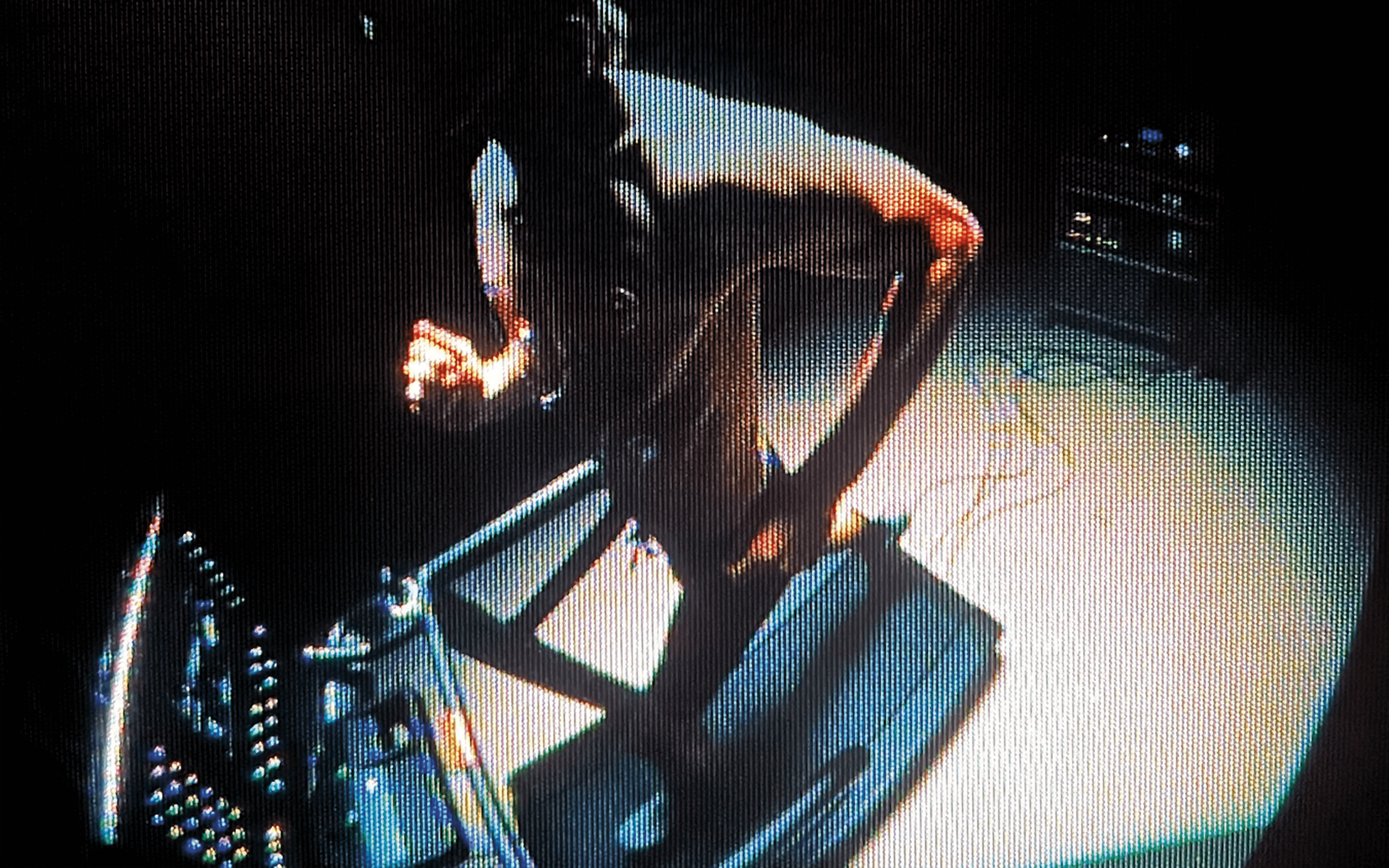
To better understand the state you are in, now think of an age when our biological body was the main means we used to explore the world. We were 100% connected to the tangible matter of things, and our body was the only tool that could allow us to experience the environment around us. In part, it still is today. When we are born, every single sensorial experience, every touch, every taste, every noise helps mold our identity and over time define our social status. Through the senses, vibrations, and neural connections, the body provides us with a continual flow of information, which we model individually. In this compound system, sound has always had a crucial role in learning. Through sound waves, we communicate, understand space, experience moods, and feel deep emotions.
We just have to look at the details to grasp the perfection of our bodies. The human ear, with its complex architecture, is the main mediator in this game of interactions. It transforms the sound vibrations into electrical impulses that the brain processes and returns in the form of meanings. The human body is intensely sensitive to sound vibrations, which not only influence our mood, but can have a significant impact on the health and quality of our mental and physical state.
We are sound, tools of a neverending symphony. Every organ in the human body vibrates at a specific frequency, generating sound waves through biological and physical processes. For example, the heart, with its beats synchronized to the vibrations of the heart valves, creates sound waves by flexing and relaxing the muscles. The movement of our body fluids, such as the blood flowing in arteries and veins, creates other frequencies still. The union of these sounds and noises permeate and shape the harmony of our lives.
In the past, sound was mainly considered from an aesthetic point of view, in the field of music and the arts. Nevertheless, with scientific progress, we have understood that sound frequencies can interact with the human body at the cellular and physiological level. This discovery opened new horizons in the field of care and well-being, just like the revolution brought by physical activity in the last century. Sound is a form of energy that is propagated through waves. It can profoundly influence the human body, from stimulating the cells to regulating the nervous system.
This awareness of the impact of sound on the body has fostered growing interest in conscious listening practices and sound meditation. In an era when digital distractions alienate us from ourselves, to go back to the bases of our being and listen to the sounds that our bodies produce can become an act of rebellion. It is a way to reassert a reality that hasn’t disappeared but is just hidden under the surface of appearances, beyond our bright screens.
While thinking about all of this, it is natural for us to reflect on how far we are from that primitive purity. Every day we are bombarded by digital sounds, notifications, background noises that distance us from the awareness of our bodies. Nevertheless, despite this modern alienation, our bodies keep on vibrating, communicating, and silently dialoguing with the natural world.
Perhaps the key to regaining balance lies in rediscovering the importance of the here and now. Going back to listen to our breathing, our heartbeat, the power of our footsteps, the stability of the ground under our feet through the very act of movement. Thinking of running as going back to our most authentic, ancient, and natural way of doing. When we run, every part of our body is involved in a harmony of movements and sensations. Every single cell seems to wake up, to remind us that we are alive, that we are here. In that flash of consciousness, we can start to understand that reality never really vanished. It is there, ready to be rediscovered, one step at a time, one sound at a time.
